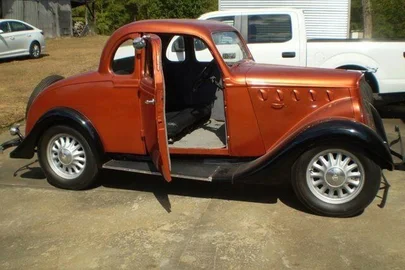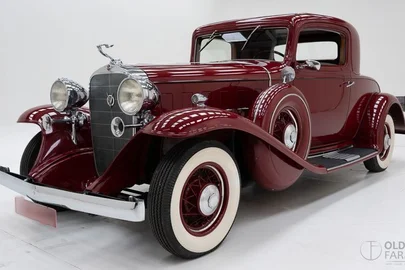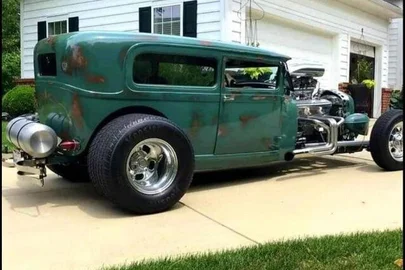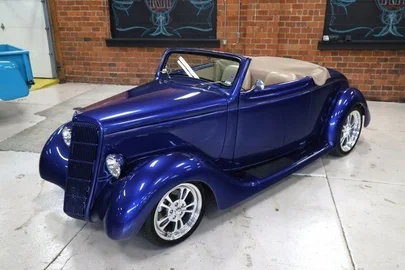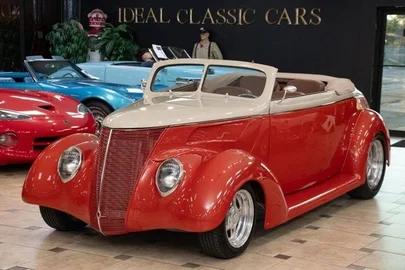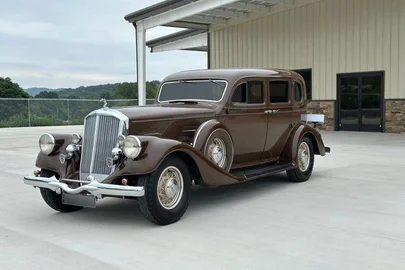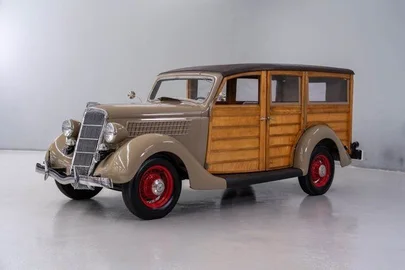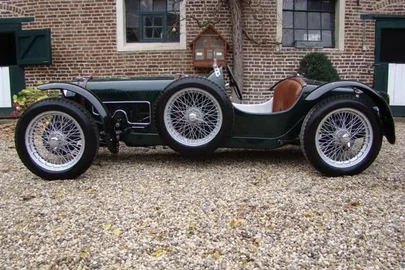



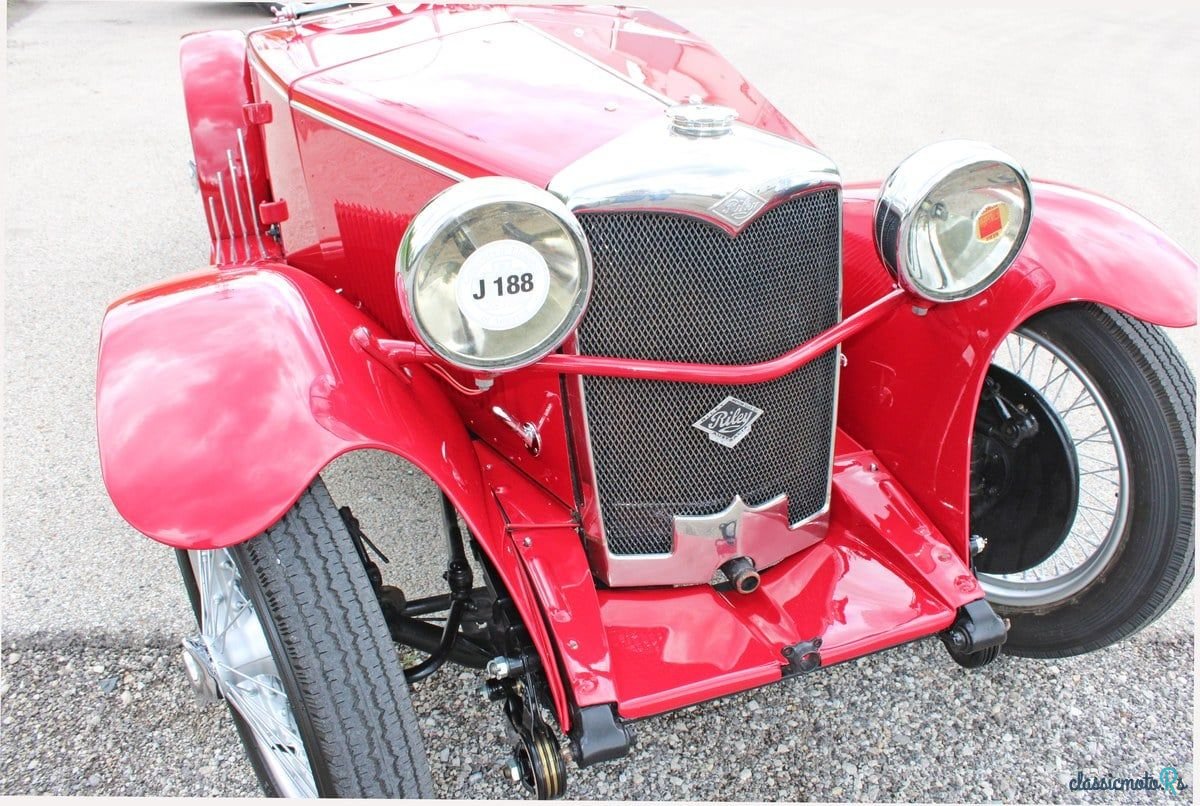
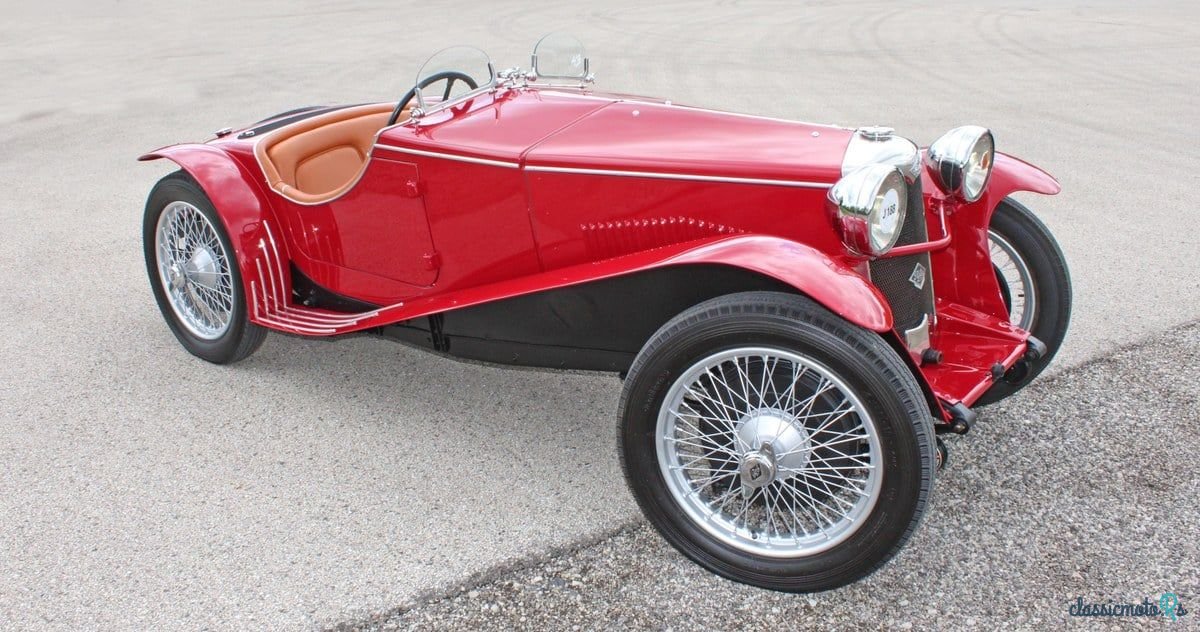
6 photos
1932' Riley 9
Report This Ad!Rate This!Bookmark This
£71,000Published 18 May 2024ID: 41Jpo3
Expired
1 year, 7 months ago
1 year, 7 months ago
Information from the owner
Body: Sports Car
Age: 92 years
Mileage: 2991 km
Fuel: Petrol
Transmission: Manual
Exterior color: Red
Exterior: Tonneau Cover
Seller's comments about 1932' Riley 9
Clothed in stylish bodywork by Stanley Riley, the Coventry marque's pre-war offerings were among the world's finest small-capacity sporting cars. This was due in no small part to Percy Riley's 9hp engine. Introduced in 1926, this 1, 087cc twin-camshaft four was an outstanding design by any standards, various versions powering Rileys until 1957. Right from the start it was obvious that the 9hp Riley engine possessed enormous potential as a competition unit, and at Brooklands J G Parry-Thomas and Reid Railton were the first to demonstrate just how good it was. The success of their racer led to a production version, the Speed Model, which would turn out to be merely the first in a lengthy series of memorable Riley sports cars. 1929 saw the introduction of the MkIV chassis featuring wider front/ rear track and much larger brakes than hitherto. Models available were the Monaco saloon, Biarritz saloon, fabric-bodied four-seat tourer and a brace of coach-built tourers. The next significant step forward was made for 1932 with the introduction of the 'Plus Ultra' dropped chassis frame, which increased the body's interior space and improved ingress/ egress for both driver and passengers.
This 1932 Riley Special was reportedly built in Sydney, Australia by Cyril Lucas who sold it to Ms. Beryl Young who piloted the Queensland government's Beech Super King Air 200 turbo props and British Aerospace Bae 125-800B business jet.
Analysis of the car's mechanicals indicate a 1931 Riley 9 Special series twin-cam, engine with two SU carbs and 1100cc engine. With a revolutionary twin cam-in-block, hemi-combustion chamber design delivering high revs and power for the displacement class and period.
The chassis is a 1932/ 3 Plus Ultra series with lowered ride height and performance shocks. The trans is a Riley-produced 4-speed crash box. Axles are upgraded to 1934 or later, knock-off wheels which carry Excelsior tires. A thermostatically controlled electric fan cools the radiator.
The nearly new interior features leather, wood dash and a Riley/ Rotax dash panel (clock and gas gauges inoperable), seat belts, exposed driveline like the contemporary Riley Brooklands race cars. Brooklands aero-screens are mounted to the cowl and a fitted tonneau cover is had. No top or side screens are available.
This 1932 Riley Special was reportedly built in Sydney, Australia by Cyril Lucas who sold it to Ms. Beryl Young who piloted the Queensland government's Beech Super King Air 200 turbo props and British Aerospace Bae 125-800B business jet.
Analysis of the car's mechanicals indicate a 1931 Riley 9 Special series twin-cam, engine with two SU carbs and 1100cc engine. With a revolutionary twin cam-in-block, hemi-combustion chamber design delivering high revs and power for the displacement class and period.
The chassis is a 1932/ 3 Plus Ultra series with lowered ride height and performance shocks. The trans is a Riley-produced 4-speed crash box. Axles are upgraded to 1934 or later, knock-off wheels which carry Excelsior tires. A thermostatically controlled electric fan cools the radiator.
The nearly new interior features leather, wood dash and a Riley/ Rotax dash panel (clock and gas gauges inoperable), seat belts, exposed driveline like the contemporary Riley Brooklands race cars. Brooklands aero-screens are mounted to the cowl and a fitted tonneau cover is had. No top or side screens are available.
